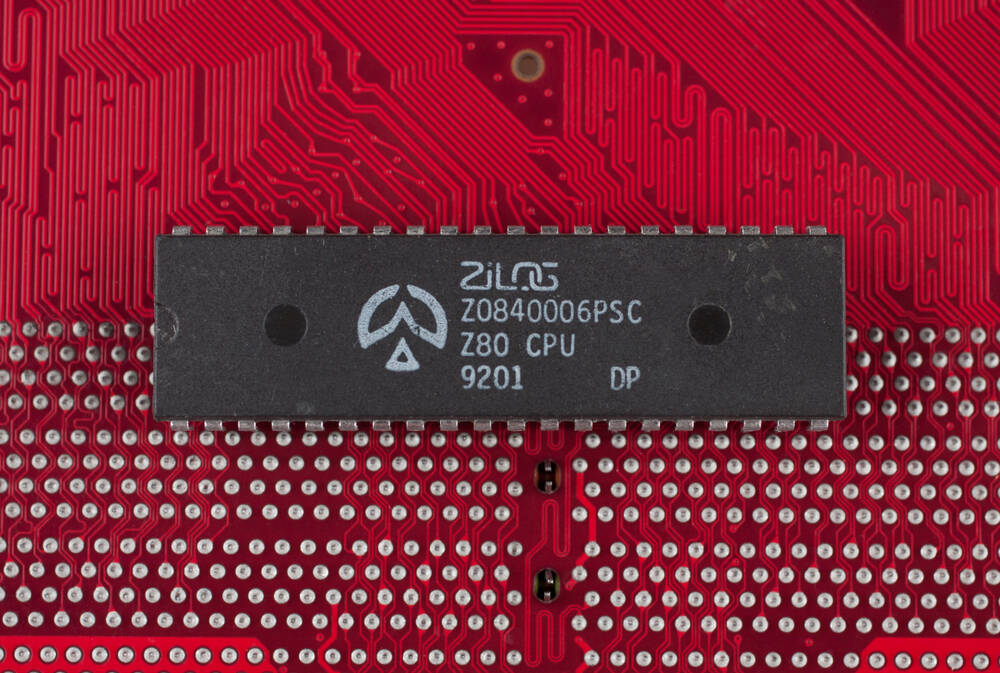Interesting, I see possible mutual assistance between this project and MisterFPGA, MARS and other FPGA projects. I guess the real difficulty is getting a fab set up to manufacture the chips. Once again, maybe they can take a page out of another project’s book like armsid or, more aptly the Apollo line of computer upgrades and cycle accurately emulate the functionality in some other freely available silicon.
accurately emulate the functionality in some other freely available silicon
Get a cheap PIC or AVR microcontroller, put it on a DIP-sized carrier board, and write a program to simulate everything you’d see on the data/address and any other IO pins of the Z80 when they are manipulated.
I’ve seen a VHDL implementation of the Z80 on the net. It is so old, it’s last fixes were from 19 years ago…
If old process nodes like that still exist, perhaps someone should periodically do a run of old chips which are getting scarce, like 6581s or fragile ASICs from vintage computers. I know people who grew up coding Z80 assembly on their home computers have fond memories of it, but there’s a glut of deadstock Z80s that won’t run out for a decade.
This is the best summary I could come up with:
Developed by Unity iOS dev Renaldas Zioma, the Free and Open Source (FOSS) Z80 GitHub project outlines its plans to revive and preserve the Z80 with a physical silicon clone.
The project is ostensibly a reaction to Zilog’s end-of-life announcement for the Z80, which was introduced in 1976 and was used in many of Texas Instruments’ calculators; gaming consoles like the Sega Master System; the ZX Spectrum; and many other devices.
While the first step should be relatively easy as the Z80 has been reverse engineered, producing even physical samples would normally cost a decent amount of money, more than a single developer would ordinarily be prepared to pay for.
To get around this problem, Zioma says he’ll make use of Tiny Tapeout, a multi-project wafer (MPW) service that uses Skywater’s open source 130nm process design kit.
People submit their open source projects to be included in the next production run, and if accepted into a shuttle, will have their individual designs consolidated into one relatively large die.
Unless Zioma has the capital to fund this project to completion, or successful crowdfunding or some other line of financing, it’s hard to see how the FOSS Z80 clone will actually make it to wider production volumes.
The original article contains 852 words, the summary contains 205 words. Saved 76%. I’m a bot and I’m open source!




